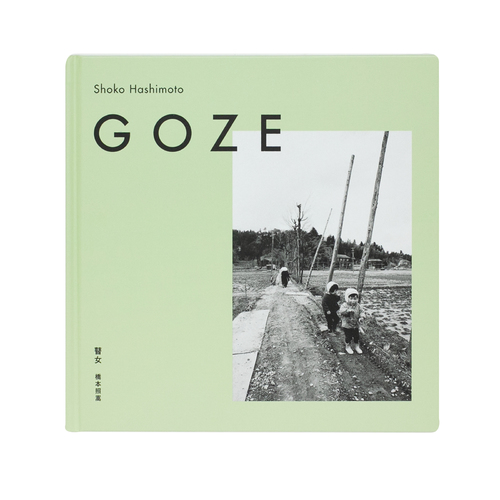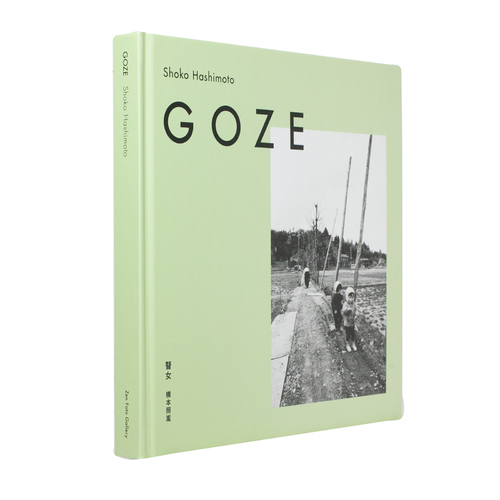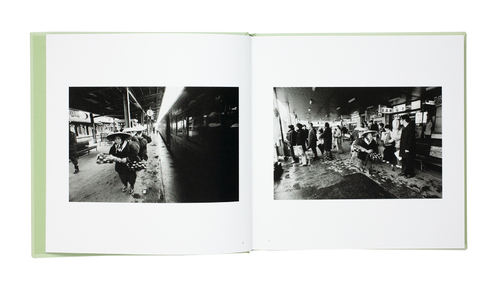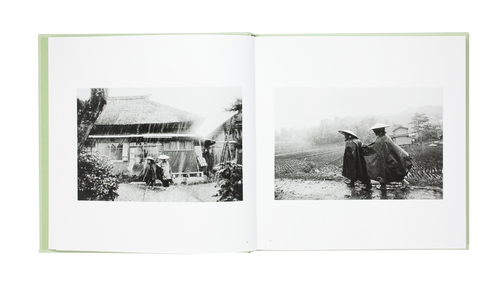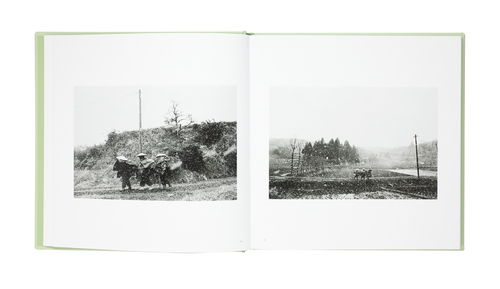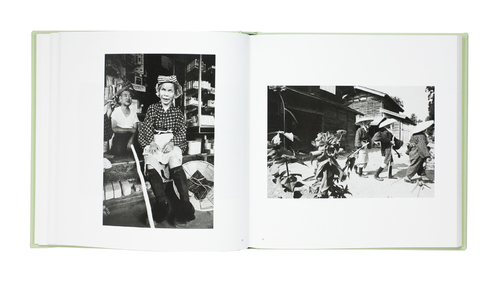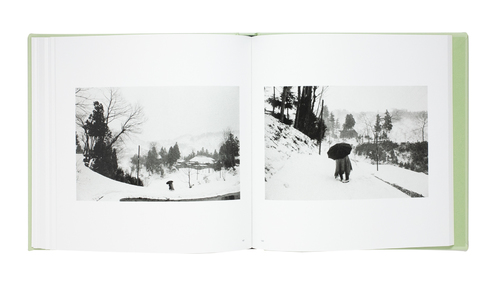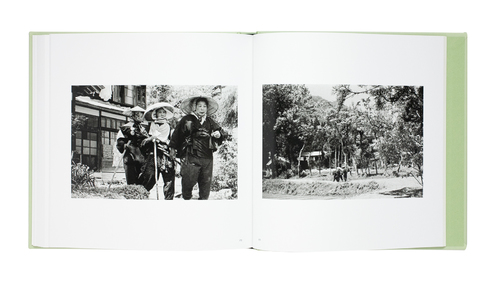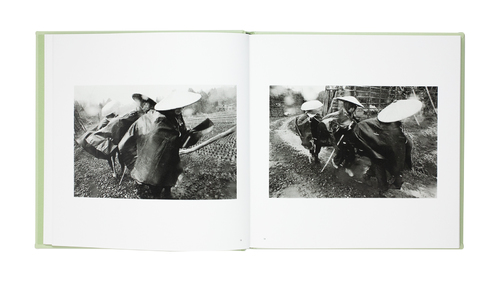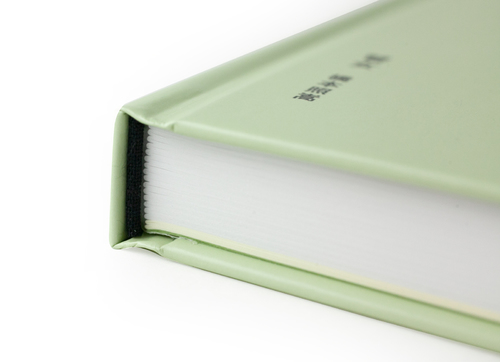
Goze (New Complete Edition)
This Complete Edition of “Goze” includes previously unpublished photographs and offers an unprecedented view at Shoko Hashimoto’s masterful series from the 1970s, newly selected, edited and scanned from over 10,000 original negatives by Michitaka Ota, founder of publisher Sokyusha.
From spring 1972 until summer 1973, Shoko Hashimoto traveled around Niigata Prefecture together with a group of goze, blind women entertainers who performed and told stories in exchange for food and shelter. Today, there are no longer goze traveling around. Life was already difficult for the goze in the 1970s, and the continuing industrial, economic and urban developments of postwar Japan have only accelerated since then. Hashimoto’s astonishing photographs document the life of these women. We see them taking baths, relaxing on the floor, sleeping at night, and endlessly roaming from village to village. Hashimoto’s distinct style, which renders the scenes with an almost painterly quality, knows which parts to emphasize: in landscape shots, the scenery appears to almost swallow the women; when faces are involved, the emotions are vivid.
In addition to previously unpublished photographs, this Complete Edition also includes Shoko Hashimoto’s diary from his time with the goze, available in Japanese and in English translation.
$38.46
- -Book Size
- 200 × 200 mm
- -Pages
- 204 pages, 172 images
- -Binding
- Hardcover
- -Publication Year
- 2021
- -Language
- English, Japanese
- -Limited Edition
- 700
